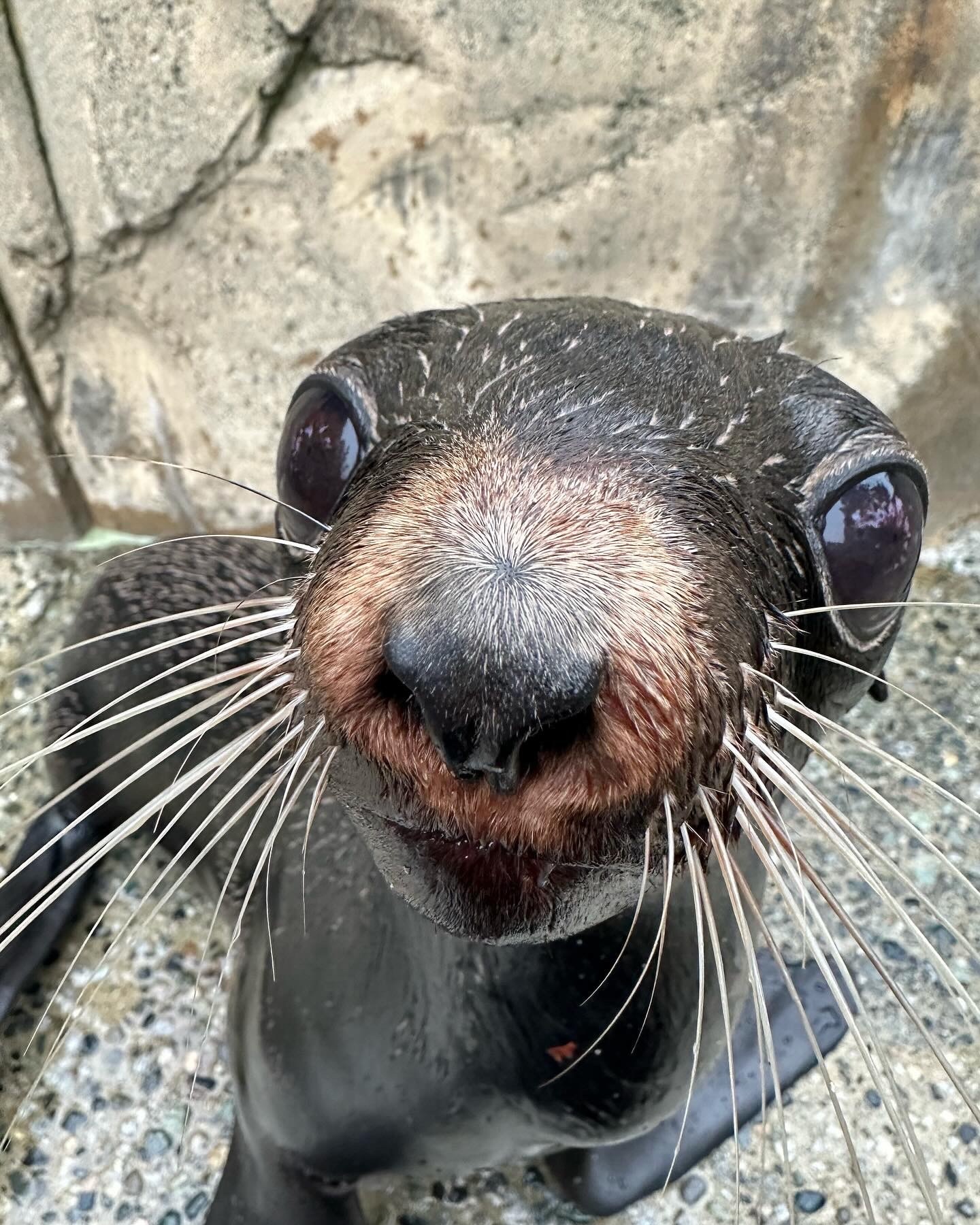– The concepts of animal communication and its significance in zoology.
– An overview of zoo management and its role in wildlife conservation.
– The growing importance of wildlife conservation efforts amid global biodiversity loss.
Animal communication is a window into the complex social structures and behaviors of the wildlife we observe and cherish. A fascinating example comes with the phrase “Aya says hiya!”—a human-like greeting that does not exist in the natural world but evokes the idea of animals communicating in familiar ways. In reality, how animals signal to each other is nuanced and varies significantly across species. From the sophisticated echolocation of bats to the intricate dances of bees, each method serves a critical purpose in the survival and reproduction of these creatures.
Understanding this diversity in animal communication is vital for zoologists. It provides insights into the health and dynamics of populations, which can be essential for conservation initiatives and habitat management. Observing and interpreting these behaviors also helps develop enriching environments for animals under human care, particularly in zoos, where maintaining naturalistic behavior is a key goal.
Zoo management requires a blend of scientific rigor, ethical considerations, and innovative strategy. A zoo’s role extends beyond mere exhibition, diving deep into realms such as species preservation, public education, and wildlife rehabilitation. The modern zoo aims to connect visitors and the natural world, inspiring conservation action. This connection often leads to increased support for in-situ conservation projects and can substantially impact species preservation efforts.
Similarly, the focus on animal welfare has never been sharper. Accounting for the physical and psychological needs of each species housed in a facility is a complex puzzle that zoo professionals must solve. This encompasses the design of enclosures that mimic natural habitats, the development of stimulating enrichment activities that encourage natural behaviors, and the administration of comprehensive healthcare.
Furthermore, wildlife conservation efforts are becoming increasingly critical as habitat loss, climate change, and poaching threaten global biodiversity. Therefore, a pivotal aspect of zoo management today involves participation in global conservation efforts, from breeding programs for endangered species to research that informs in-situ conservation strategies. Zoos often serve as genetic reservoirs, preserving the genetic diversity of species that are dwindling in the wild and as educational platforms that highlight the plights of these species.
Aya says hiya does not signify any biological phenomena; in stark contrast, the phrase could serve as a symbolic call to attention for wildlife enthusiasts and zoo visitors to delve into the world of animals in a manner that fosters awareness and conservation action. The continuous efforts in adaptive management strategies, research and educational outreach spearheaded by these institutions are integral to the sustainable future of our planet’s diverse fauna.
In conclusion, this article has delved into the intricate world of animal communication, explored the multifaceted responsibilities of zoo management, and highlighted the ever-important role of wildlife conservation. Through this journey, the symbolic expression “Aya says hiya!” has acted as an entry point into a broader discussion about our interactions with and responsibilities towards the natural world. As stewards of the Earth’s biodiversity, it is imperative that we continuously engage with these topics, expand our knowledge, and take action to preserve the awe-inspiring animal kingdom.
*****
Source Description
Aya says hiya!

